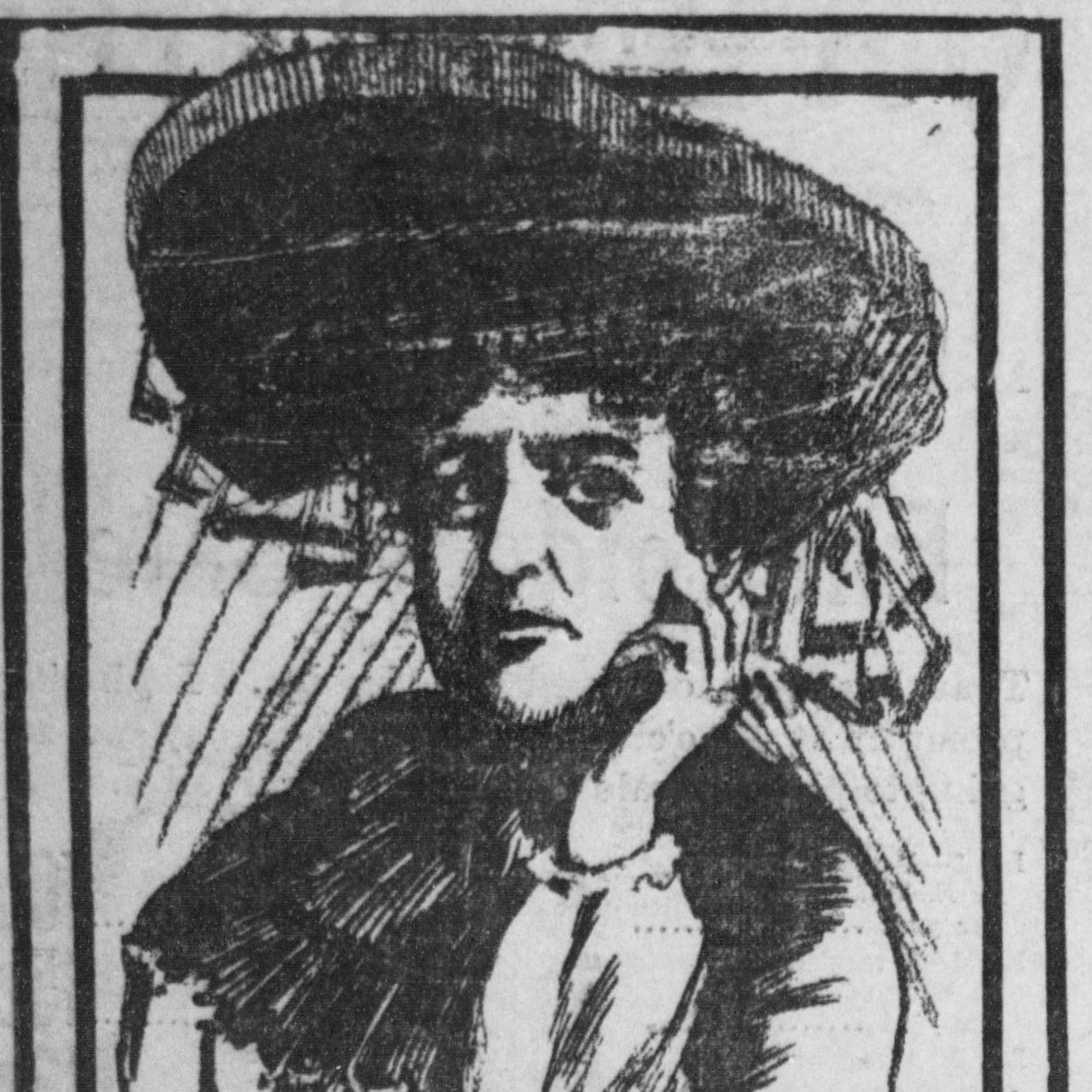
d: 1910
Cordelia Adelaide Brown Botkin
Summary
Name:
Cordelia Adelaide Brown BotkinYears Active:
1898Status:
DeceasedClass:
MurdererVictims:
2Method:
PoisoningDeath:
March 07, 1910Nationality:
USA
d: 1910
Cordelia Adelaide Brown Botkin
Summary: Murderer
Name:
Cordelia Adelaide Brown BotkinStatus:
DeceasedVictims:
2Method:
PoisoningNationality:
USADeath:
March 07, 1910Years Active:
1898Date Convicted:
December 30, 1898bio
Cordelia Adelaide Brown was born in 1854 in Polk County, Missouri, USA. She later moved with her family to California, where she married Welcome Aplin Botkin. The couple had one son. Cordelia led a relatively conventional life until the mid-1890s when she became estranged from her husband. She then moved to San Francisco, where she lived independently, supported by remittances from her husband. Described as a woman of vanity, Cordelia was known for her fondness for posing for photographs and maintaining an active social life.
murder story
In 1895, while seated on a bench in San Francisco's Golden Gate Park, Cordelia met John Preston Dunning, a prominent Associated Press reporter. Despite both being married, they began an affair. Dunning's wife, Mary Elizabeth (née Penington), upon discovering his infidelity, left him and returned to her family's home in Dover, Delaware, with their daughter. Cordelia and Dunning's relationship continued until 1898, when Dunning informed her that he was ending their affair to reconcile with his wife.
Enraged by the breakup, Cordelia devised a plan to eliminate her romantic rival. She anonymously sent a box of chocolates laced with arsenic to Mary Elizabeth Dunning in Delaware, accompanied by a note that read, "With love to yourself and baby." On August 9, 1898, Mary Elizabeth and her sister, Ida Harriet Deane, consumed the poisoned chocolates. Both women died in agony within days, while four others who sampled the candies suffered severe illness but survived.
The investigation traced the origin of the chocolates to a shop in San Francisco and subsequently to Cordelia. Evidence included her handwriting on the accompanying note and testimony from a clerk who sold her the arsenic, which she claimed was for bleaching a straw hat. Despite jurisdictional challenges, Cordelia was tried in California. Her first trial concluded on December 30, 1898, with a conviction for first-degree murder and a life sentence. After a successful appeal due to jury misconduct, she was retried, convicted again in 1904, and sentenced to life imprisonment.
Cordelia Botkin served her sentence at San Quentin State Prison, where she died on March 7, 1910, from complications related to "softening of the brain due to melancholia." Her case remains notable as the first American prosecution for a crime that spanned multiple jurisdictions, having been orchestrated from California and executed in Delaware.